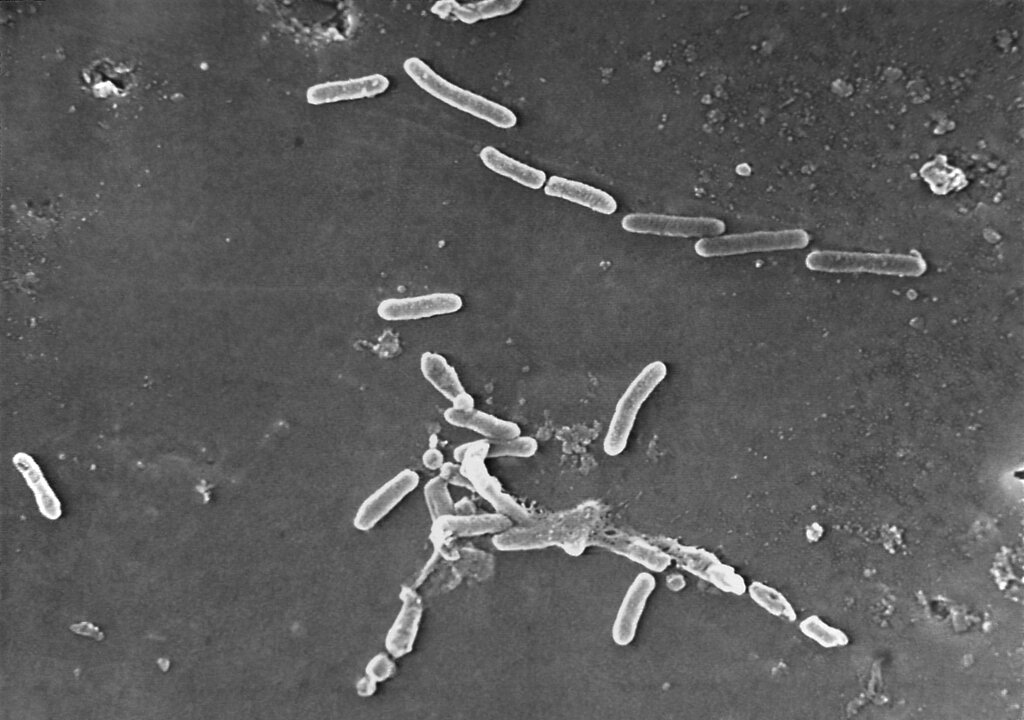NEW YORK (AP) — “Superbugs” have joined the ranks of the world’s leading infectious disease killers. That’s according to new research that suggests antibiotic-resistant germs caused more than 1.2 million deaths globally in one year. The new estimate was published Thursday in the medical journal Lancet. It is not a complete count of deaths. Instead, the researchers tried to use statistical modeling to fill in gaps from countries that report little or no data on the toll of drug-resistant germs. Antimicrobial resistance happens when germs like bacteria and fungi gain the power to fight off the drugs that were designed to kill them.
Photo: This scanning electron microscope image made available by the Centers for Disease Control and Prevention shows rod-shaped Pseudomonas aeruginosa bacteria. According to a report published Thursday, Jan. 20, 2022, in the medical journal Lancet, antibiotic-resistant germs caused more than 1.2 million deaths globally in one year, according to new research that suggests that so-called “superbugs” have joined the ranks of the world’s leading infectious disease killers. (Janice Haney Carr/CDC via AP)

